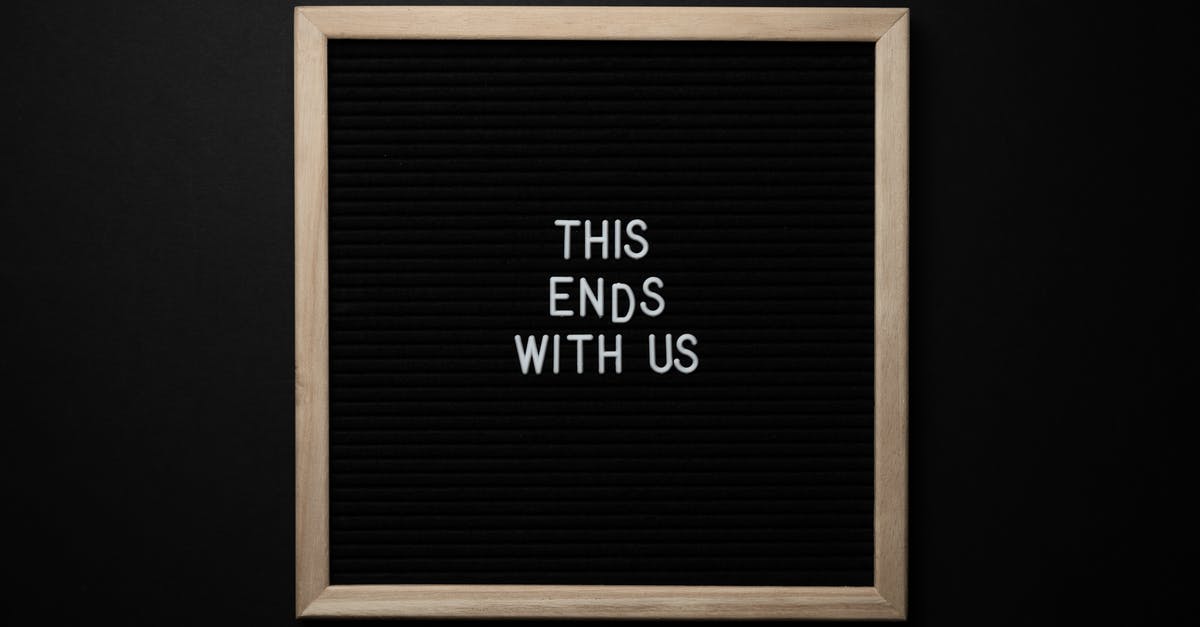What is a "Truck Zone" in the United States?

I was recently on a trip, driving through Tennessee and came up on a bunch of semis going about 40mph down the interstate with their hazards on. There were one or two trucks that were still going regular speed, but most of them had slowed down. After about 1-2 miles I came to a sign that read End Truck Zone and the semis went back to regular speed. I never saw a sign saying where the truck zone begins.
I tried to look it up online, but there are no results on Google for "End Truck Zone" (with quotes), and most sites were just referencing the safe zone around a semi truck.
The closest thing I could find is in Australia. They have Truck Zone signs that say it's legal for trucks to park on the side of the road in that area. That would make sense in this situation, since all the trucks were going slower, like there might be another truck on the side of the road, but I didn't see any.
I also drove back the same way on the way home, and the experience was the same. Didn't see a beginning sign, most trucks driving slowly with their hazards on, no trucks on the side of the road, and back to regular speed after the End Truck Zone sign.
So, what is the purpose of this zone?
Best Answer
If you were in the Knoxville area, it's possible this was due to a relatively recent (2006) reduction in speed limits for "air quality" reasons which reduce trucks from 70 to 55 MPH, and cars from 70 to 65 MPH.
If you're going 70, and the truck is going 55, you'll pass the entirety of a 52' truck in about 2-2.5 seconds; a 40 mph truck you'll pass in 1.5-1.8 seconds. So unless you actually speed-checked the trucks, it's possible they were indeed going 55.
There's no particular reason for hazards I don't think, though I don't know TN law. Illinois has this law for the entire state (trucks maximum speed is 55), and they don't use hazards here.
Truck zones also often are used to define areas where trucks must use the right lane(s), or more specifically not use the left lane(s), though usually that's on a 3 lane highway, and indeed TN law allows for that:
55-8-195. Rules and regulations directing truck tractors and semis to specific lanes on certain highways.
(a) The department of transportation is authorized to promulgate rules and regulations directing truck tractors and semitrailers, as defined in § 55-8-101, to specific lanes, as indicated by appropriate highway signage on interstate and multilane divided highways that are three (3) or more lanes in each direction. Rules and regulations promulgated pursuant to this section shall not apply when truck tractors and semi trailers are passing other motor vehicles.
However, if you were on a two lane road, I don't imagine that is what happened here.
Truck zones also sometimes define areas trucks are allowed to drive in; for example, in my city there are only a few specific streets they're allowed on (to avoid maintenance and increase safety). Those are more commonly called "Truck routes", but I've seen 'zone' also used in some places before.
Finally, trucks sometimes are limited in speed due to hilly areas with a steep grade, where it's not necessarily safe to go at higher speeds for heavy trucks. Those are usually well signed, though, with lots of signs advertising the grade and indicating things like "FIVE MORE MILES OF STEEP GRADE TO GO" and "DON'T RELAX NOW, STILL ANOTHER THREE MILES OF 8° GRADE" and such.
Pictures about "What is a "Truck Zone" in the United States?"



High paying freight!!!
Sources: Stack Exchange - This article follows the attribution requirements of Stack Exchange and is licensed under CC BY-SA 3.0.
Images: RODNAE Productions, RODNAE Productions, Brett Sayles, Monstera
